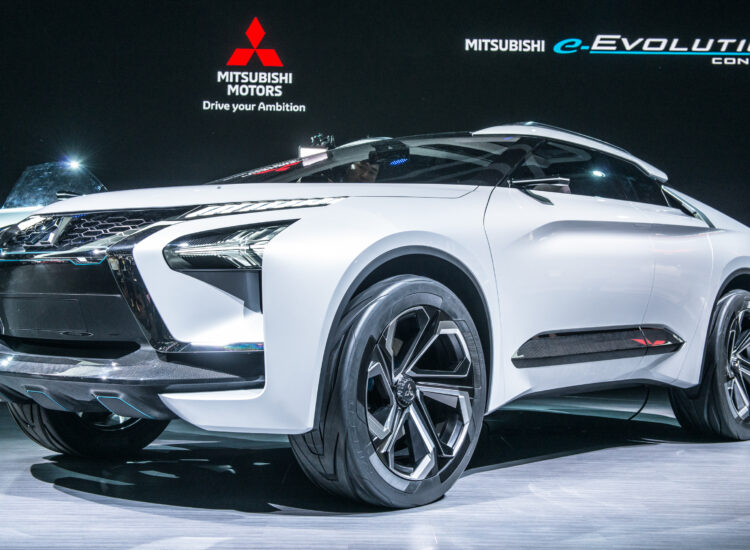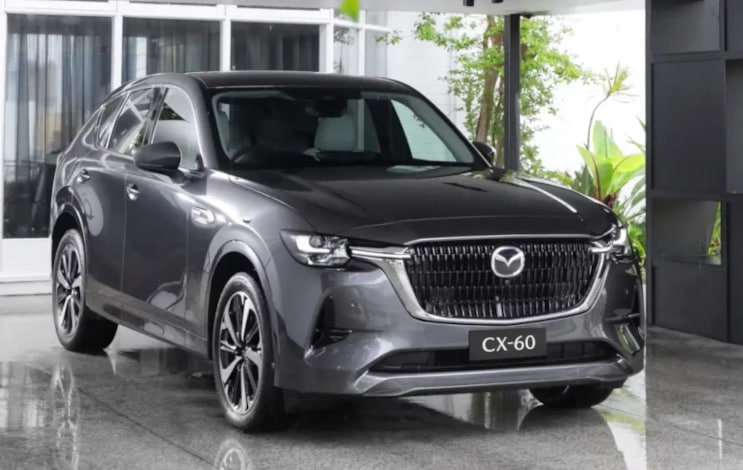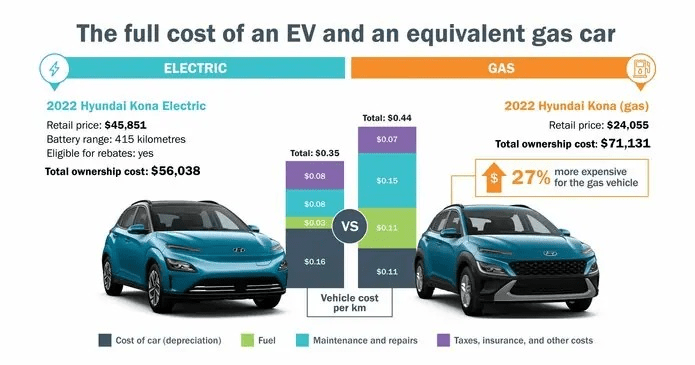Safety and comfort should always be top priorities. There are a variety of car accessories available on the market that can help enhance your driving experience and make your ride more enjoyable. Whether you’re a new driver or a seasoned pro, these essential car accessories can help ensure that you arrive at your destination safely and in comfort. From practical items like seat covers and floor mats to high-tech gadgets like dash cams and GPS systems, there is something for every driver. So buckle up and get ready to discover the must-have car accessories that will take your driving experience to the next level.
Toc
How to choose the right car accessories for your car
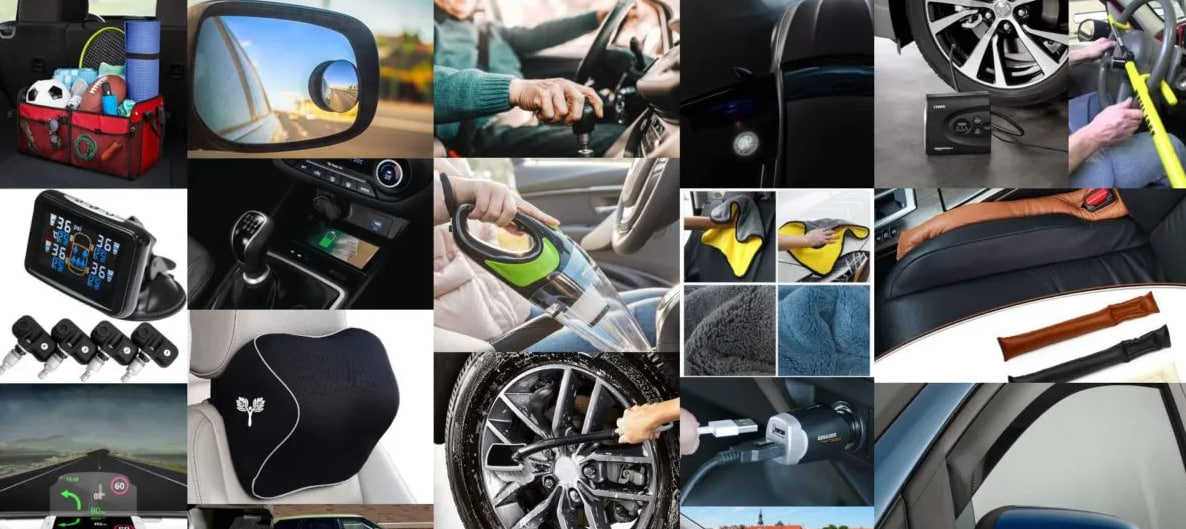
Cars have become an important part of our lives. They are not only essential for transportation but also a symbol of our lifestyle and personality. Car accessories are a great way to enhance the appearance and functionality of your car. However, choosing the right car accessories can be a daunting task. In this blog, we will guide you on how to choose the right car accessories for your car.1. Identify your needs
The first step in choosing the right car accessories is to identify your needs. Make a list of the accessories that you need for your car. Do you need a GPS system, seat covers, or a stereo system? Once you have identified your needs, it will be easier to choose the right accessories for your car.
2. Consider the purpose
Consider the purpose of the accessory before purchasing it. Will it enhance the appearance of your car or improve its functionality? For example, if you are looking for car mats, consider if you need them for their aesthetic value or to keep your car clean.
3. Quality matters
When it comes to car accessories, quality matters. You don’t want to compromise on quality for the sake of saving a few bucks. Investing in quality accessories will ensure that they last longer and perform better. Look for accessories made from high-quality materials that can withstand wear and tear.
4. Compatibility with your car
Before purchasing any accessory, make sure that it is compatible with your car. Not all accessories are compatible with all cars. Check your car’s make and model before making a purchase. This will ensure that you get the right accessory that fits your car perfectly.
5. Budget
Set a budget for your car accessories. Accessories can range from affordable to expensive. Consider your budget before making a purchase. Keep in mind that high-quality accessories may come with a higher price tag but are worth the investment.
6. Brand reputation
Choose accessories from reputable brands. These brands have a reputation for producing high-quality products. They also offer warranties and customer service. Research the brand before making a purchase to ensure that you are getting a quality product.
7. Installation process
Consider the installation process of the accessory. Some accessories require professional installation, while others can be installed at home. Ensure that you have the necessary tools and skills to install the accessory yourself.
In conclusion, choosing the right car accessories for your car can be a challenging task, but with the tips outlined in this blog, it should be easier. Remember to identify your needs, consider the purpose, invest in quality, ensure compatibility, set a budget, choose reputable brands, and consider the installation process. Happy shopping!
The benefits of investing in quality auto parts

Investing in quality auto parts can save you money in the long run and improve the performance of your vehicle. While it may be tempting to go for the cheapest option, opting for quality auto parts is a smart choice for several reasons.Firstly, quality auto parts are made to last. They are manufactured with high-quality materials and are designed to meet or exceed the original equipment manufacturer’s (OEM) specifications. This means that they are reliable and durable, and are less likely to fail or wear out prematurely. In contrast, cheaper parts are often made with lower-quality materials and may not meet the same standards, which can lead to more frequent replacements and repairs.
Secondly, quality auto parts can improve your vehicle’s performance. Parts like brakes, suspension, and exhaust systems are critical components that impact your car’s safety and handling. Upgrading to quality parts can improve your vehicle’s responsiveness, handling, and fuel efficiency, as well as reduce noise and emissions.
Thirdly, quality auto parts can save you money in the long run. While they may cost more upfront, they can save you money in the long term by reducing the frequency of repairs and replacements. Cheaper parts may fail more often, leading to more frequent repairs and replacements, which can be costly over time.
In addition, quality parts often come with warranties that can protect you against defects or malfunctions, giving you peace of mind and reducing your long-term costs. Finally, investing in quality auto parts can increase the resale value of your vehicle. If you plan to sell your car in the future, having quality parts installed can make it more attractive to potential buyers.
A well-maintained vehicle with quality parts is more likely to fetch a higher price than one with cheap, inferior parts. In conclusion, investing in quality auto parts is a smart choice for several reasons. Quality parts are made to last, improve your vehicle’s performance, save you money in the long run, and increase the resale value of your vehicle.
So the next time you need to replace a part on your car, consider investing in quality parts instead of opting for the cheapest option. Your vehicle and your wallet will thank you in the long run.
Operating Instructions
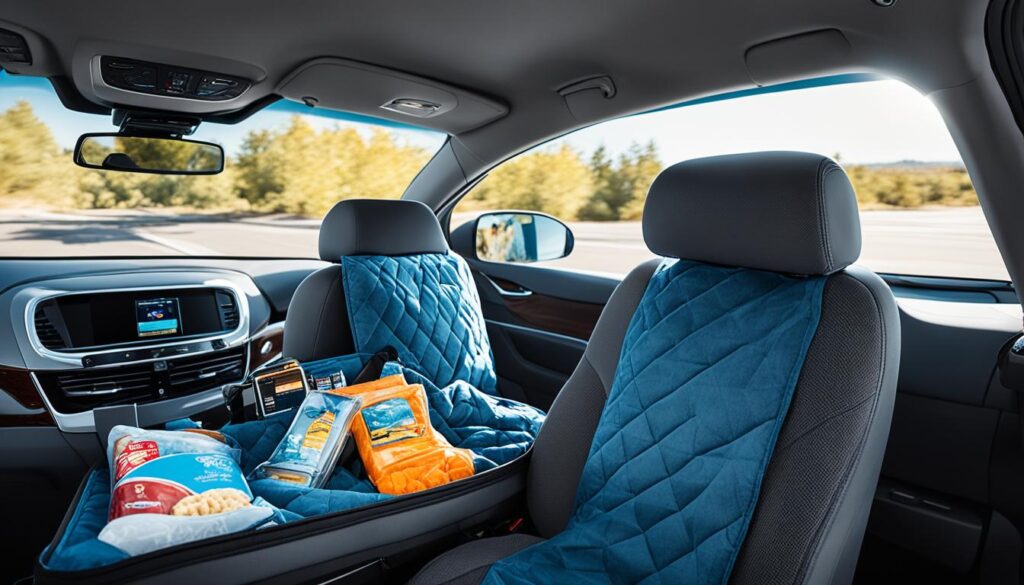
Driving a car has become an integral part of our modern lifestyle. With the advancements in technology, cars have become more than just a mode of transportation, but also a source of comfort and convenience. Car accessories like air conditioning, sound systems, and GPS navigation systems have made our driving experience a lot more enjoyable.
However, not all car owners are familiar with how to operate these accessories. This guide will provide you with instructions on how to operate car accessories to make your driving experience more comfortable and stress-free.
1. Air Conditioning
Air conditioning is a vital car accessory, especially during hot summer days. It helps to keep the car’s interior cool and comfortable. To operate the air conditioning system, locate the AC button on your dashboard or center console. Press the button to turn the AC on, and adjust the temperature to your desired level. You can also adjust the fan speed to control the air flow. Most modern cars come with automatic climate control, which adjusts the temperature and fan speed based on the temperature inside the car.
2. Sound System
A good sound system is essential for music lovers. Most cars come with a built-in sound system, which includes a radio, CD player, and Bluetooth connectivity. To operate the sound system, locate the audio button on your dashboard or center console. Press the button to turn the sound system on, and select your desired audio source. You can also adjust the volume, bass, treble, and balance to your liking. If you want to play music from your phone, connect your phone via Bluetooth or USB cable.
3. GPS Navigation System
GPS navigation systems have become an essential car accessory, especially for long trips and road trips. They help you navigate through unfamiliar routes and avoid traffic jams. To operate the GPS navigation system, locate the navigation button on your dashboard or center console. Press the button to turn the system on, and enter your destination address. The system will provide you with turn-by-turn directions, and it will also give you real-time traffic updates.
4. Parking Sensors
Parking sensors are a useful car accessory that helps you park your car without hitting anything. They detect obstacles behind your car and alert you with beeps or visual indicators. To operate the parking sensors, locate the parking sensor button on your dashboard or center console. Press the button to turn the system on, and park your car in reverse. The sensors will detect obstacles and alert you when you get too close.
5. Rearview Camera
A rearview camera is a car accessory that helps you see what’s behind your car when you’re reversing. It’s especially useful for parking in tight spaces. To operate the rearview camera, put your car in reverse gear, and the camera will automatically turn on. The camera will display a live video feed of what’s behind your car on your dashboard screen. This allows you to see any obstacles or people behind your car and avoid any potential accidents. Some rearview cameras also have guidelines that show the projected path of your car, making it easier to park accurately.
Make sure to clean your rearview camera regularly to ensure a clear view.
6. Blind Spot Mirrors
Blind spots are areas around your car that you can’t see through your side mirrors, making it dangerous for changing lanes or merging. To eliminate this issue, many modern cars come equipped with blind spot mirrors. These are small convex mirrors placed on the outer edges of your side mirrors, giving you a wider field of vision. Blind spot mirrors work by reflecting light from the surrounding area into the driver’s line of sight, allowing them to see any potential hazards in their blind spots. It’s important to adjust these mirrors properly to get the most out of them and check them regularly for any damage.
7. Tire Pressure Monitoring System (TPMS)
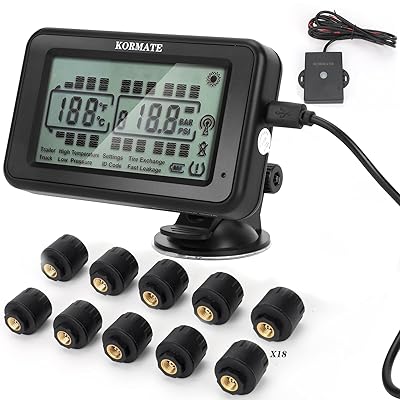
Properly inflated tires are crucial not only for your car’s performance but also for your safety. That’s why TPMS was introduced in modern vehicles to monitor the air pressure in your tires. This system uses sensors on each tire to measure and transmit the tire pressure data to a central control unit. If there is a significant change in pressure, it will alert the driver through a warning light on the dashboard. Maintaining proper tire pressure not only improves fuel efficiency but also reduces the risk of accidents caused by underinflated or overinflated tires.
8. Backup Cameras
Reversing can be a tricky maneuver, especially in larger vehicles with limited visibility. To help drivers safely navigate while backing up, backup cameras have become a standard feature in most modern vehicles. These cameras provide a live feed of the area behind the vehicle, allowing drivers to see any obstacles or pedestrians that may be in their blind spot. This not only makes reversing easier but also helps prevent accidents and injuries.
9. Adaptive Cruise Control
Cruise control has been around for decades, but adaptive cruise control takes it to the next level. This advanced feature uses radar sensors to maintain a set distance between your vehicle and the one ahead of you. It can automatically adjust your speed based on traffic flow, maintaining a safe following distance at all times. This not only reduces driver fatigue on long journeys but also increases safety by preventing rear-end collisions.
10. Lane Departure Warning
Sleepy or distracted drivers are a major cause of accidents on the road. Lane departure warning systems use cameras or sensors to detect when a vehicle is drifting out of its lane without using a turn signal. It then alerts the driver with an audible and visual warning, allowing them to correct their course before an accident occurs.
In conclusion, car accessories have made our driving experience a lot more enjoyable and comfortable. However, it’s essential to know how to operate them correctly to get the most out of them. The instructions provided in this guide will help you operate your car accessories with ease and confidence.






